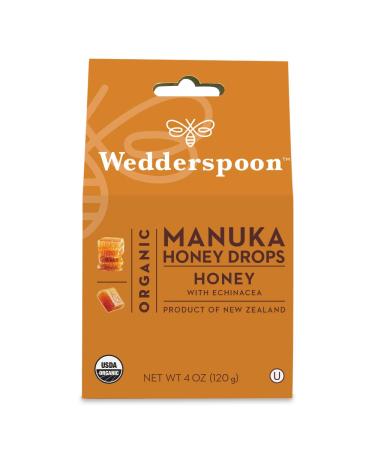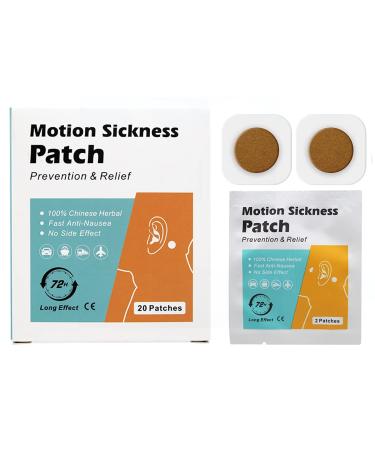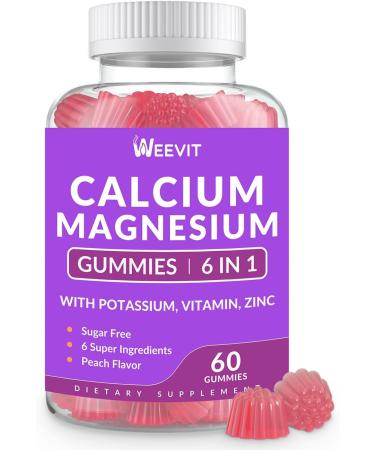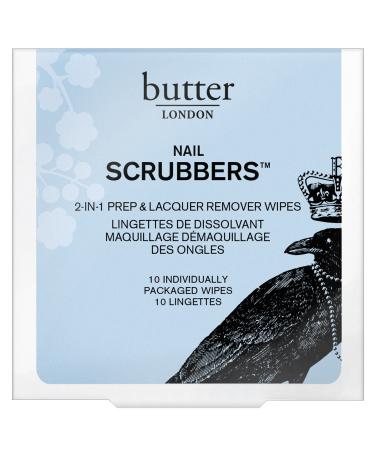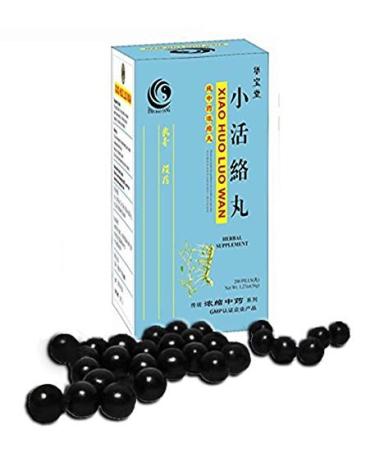Name of Food Additive:
Sugar Cane Molasses
Ingredient List:
Sugar Cane Molasses
Net Quantity:
1 kg
Physical Structure:
Liquid
Lot No:
For traceability, the lot numbers of allraw materialsand packaging materials are recorded.
The product lot number is located on the product packaging.
Functional Class of Food Additive:
Ssugars
Name of Source from Which the Food Additive Is Obtained:
Sugarcane
Food Foods to Which Additives Can Be Added:
It is used in permitted finished products in accordance with the regulations in the Turkish Food Codex Food Additives Regulation and vertical communiqués, taking into account the relevant limitations.
When the necessary information cannot be found in the regulations and communiqués, the relevant country's legal regulatory authorities can be consulted.
Special Storage Use Conditions:
Store tightly closed in a cool, dry place.
Commercial Name and Address of the Food Business Owner:
Smart Kimya Tic. ve Dan. Ltd. Sti.
Produced in the Ege Sanayi Sitesi Balatçik Mah. 8901 3 Sokak No:3 3AO Çigli Izmir facilities.
Manufacturer Business Registration Number:
TR-35-K-047442
Origin:
Turkey (The origin of the main ingredient of the food is different from the origin of the final product.)
Instructions for Use:
In accordance with the Turkish Food Codex Food Additives Regulation, the product should be used in accordance with the vertical communiqués regarding the finished product being produced or planned to be produced, taking into account the foods to which it can be added, the conditions of use, maximum quantities, and restrictions.
If use is planned in countries other than Turkey, the legal regulations of the relevant country should be taken into account.
Product performance may vary depending on production conditions, the structure and performance of machinery and equipment, seasonal variables, and other raw materials.
Before determining the optimal amount, trials should be conducted with minimum quantities, taking into account the restrictions specified in the Turkish Food Codex Food Additives Regulation.
Area of Use Purpose of Sale:
For use in food.
Technical Information:
Molasses is the final, non-recyclable sugar syrup used in the production of sugar beets and cane in sugar factories.
Molasses is a basic raw material in the yeast and feed industries. It is also used as a raw material in citric acid fermentation due to its low cost.
It is produced as a by-product of the processes carried out in sugar factories to convert sugar beets into sugar.
Food-grade molasses is obtained by purifying and standardizing the product obtained during the boiling of sugarcane juice to obtain sugar.
It is a substance containing large amounts of organic matter and micro and macro trace elements. For this reason, it is consumed in large quantities in fertilizer and animal feed factories.
Molasses is used in the fertilizer industry to produce gel organic fertilizers and liquid organic fertilizers. Molasses is a water-soluble product. It provides the nutrients needed by both plants and soil. It contributes greatly to the rapid growth of plants and the development of fruits.
Molasses, the residue remaining during the crystallization of sugar, is a dark brown, very viscous substance resembling molasses.
This substance contains approximately 50 sugar, 30 non-sugar ingredients, and 20 water. Due to its high sugar content, it is a highly sought-after and valuable raw material.
It is a special product produced by a limited number of manufacturers worldwide. Its raw material, procured from specialized sources, is filtered to a certain purity and standard, and then pasteurized.
High-quality molasses products contain high levels of sucrose. This provides a more pleasant, full-bodied, and balanced flavor profile. Its bitter and astringent flavor works well in desserts, baked goods, biscuits, toffee, and confectionery products.
Molasses is also a good natural colorant.
Food-grade sugarcane is used as the molasses raw material. Beet molasses or feed-grade bulk sugarcane is not used.
Raw materials procured from reliable sources are filtered, boiled, and finally, their microbiological properties and sugar content are standardized.
In this way, a product that is safe and standardized enough to be included as a standard ingredient in a food recipe is obtained.



